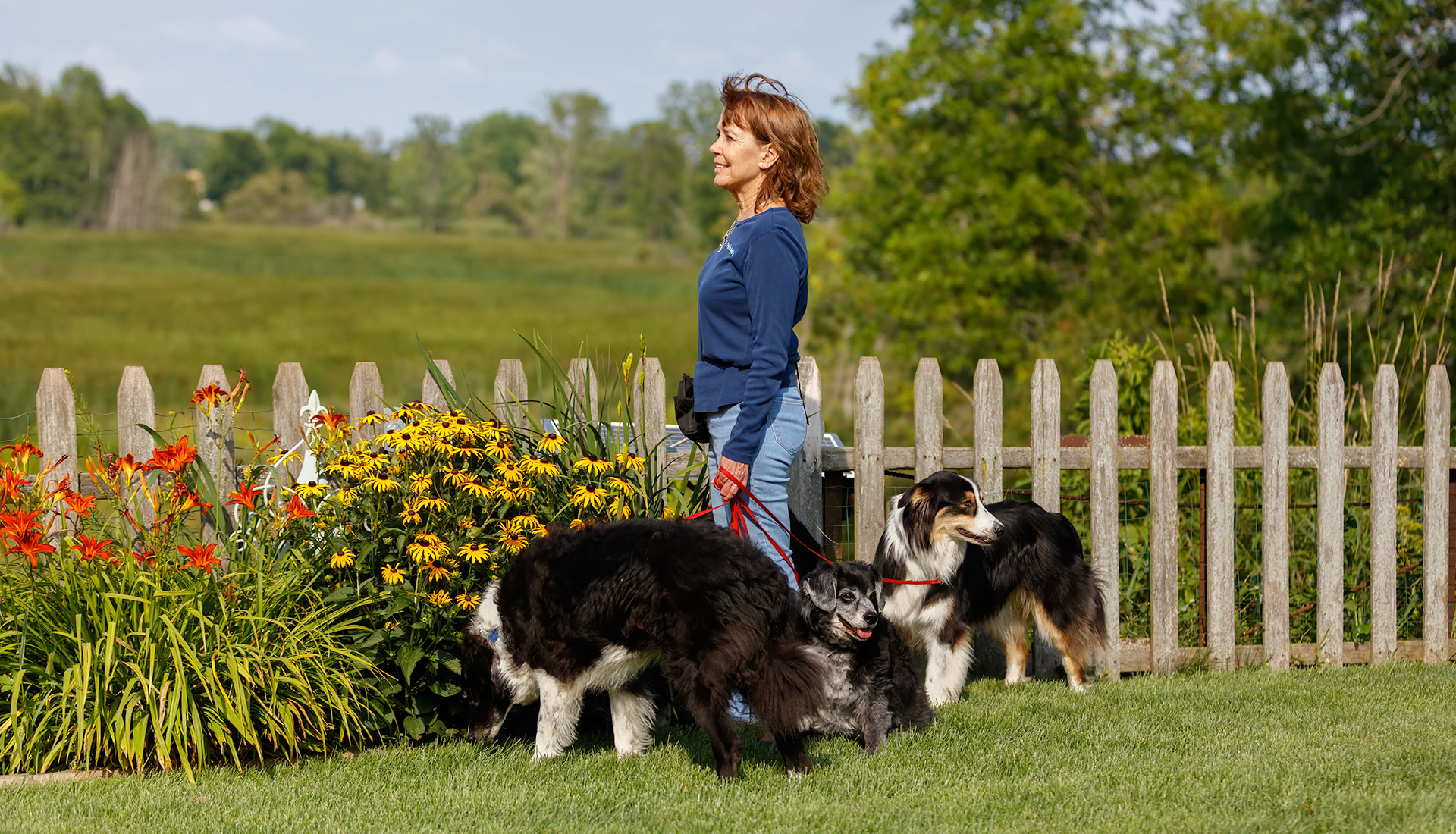10 Jul Parking It!
 Dog parks can be great places to give your dog much-needed exercise and socialization. But it is imperative that you know a few things before you “release the hound” on the dog park grounds.
Dog parks can be great places to give your dog much-needed exercise and socialization. But it is imperative that you know a few things before you “release the hound” on the dog park grounds.
How is your dog around other dogs? Do you know the difference between friendly dog behavior and aggressive behavior? Do you feel confident that you can intervene if playing turns from fun to trouble? If you’re not comfortable in the dog park environment, it is best to find other places to exercise your dog. And if you’re not sure how to distinguish between play and problems think about consulting your veterinarian or a dog professional.
Every dog park has rules that need to be followed. Some dog parks have age limits, but even if yours doesn’t, never take a puppy less than 12 weeks old to a dog park. And make sure your dog is vaccinated, because dog parks can be a breeding ground for illness. Some parks don’t allow treats or toys as both can be the source of a less-than-polite dog desiring what is not theirs. Avoid trouble and save the treats and toys for home. Always keep dogs in heat away from the dog park. And a universal rule, no matter what park, is to clean up after your dog.
Keeping your dog safe at a dog park should begin before even stepping on the dog park grounds. While it might sound counterintuitive, it is a good idea to give your dog a walk before getting to the park. A dog that hasn’t had the opportunity to blow off a little steam before getting to the park might be too energetic and that energy can swiftly change to aggression if not properly harnessed.
Make sure your pet is dressed for the occasion. Breakaway nylon or leather collars are the safest for your pet. Choke chains, harnesses and prong collars can cause problems and possible injury to the dogs.
Also, before bringing your dog into the park, take a look around. Is the park overly crowded? Are the dogs playing happily, or is there a bully in the bunch who is acting aggressively towards the other dogs? Are there a lot of children in the park? Does your dog do well with children?
Be extra careful with smaller dogs. Some dog parks actually have a place designated for both larger and smaller dogs. It is wise to adhere to the directives. If your park doesn’t make that distinction and there are a lot of larger dogs in the park, the larger dogs could view the smaller ones as prey. If your smaller dog is getting into trouble with a larger dog, don’t pick it up. This can actually make the problem worse. The best thing is to avoid that situation to begin with by bringing your smaller dog elsewhere. All these things should be considered before entering the park.
If you’ve determined the park is safe for your dog—and your dog will behave properly—let your dog feel his or her way around with the other dogs, always being aware of good manners. If any rude behaviors are displayed, such as rough play, charging, mounting or incessant sniffing, whether on the part of your dog or other dogs, remove your pet from the park.
Finally, pay attention! You are responsible both for your dog’s behavior and for getting your dog out of a dangerous situation. And most of all, have fun. If all the conditions are right, a dog park excursion can be wonderful for all involved.

